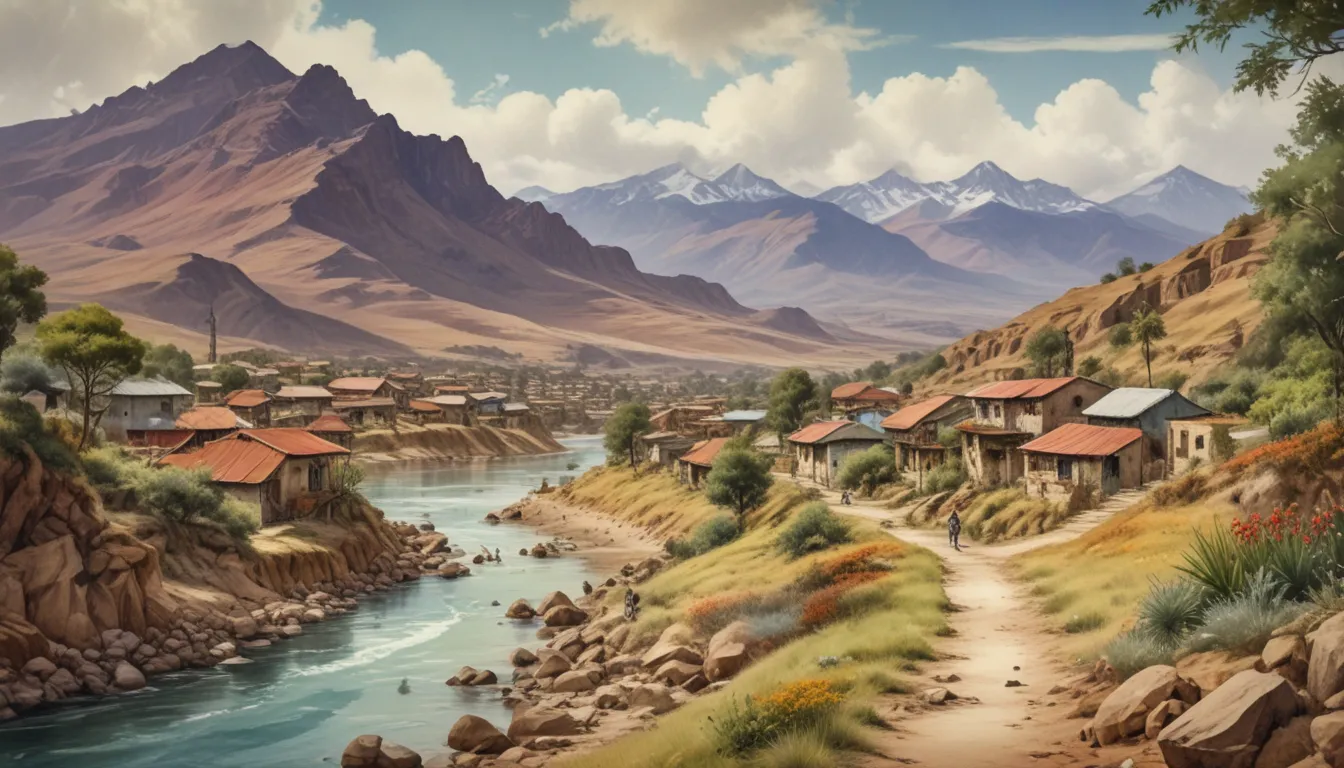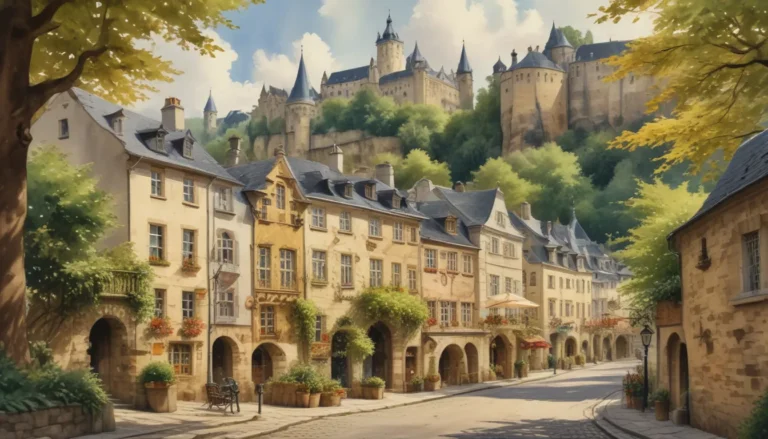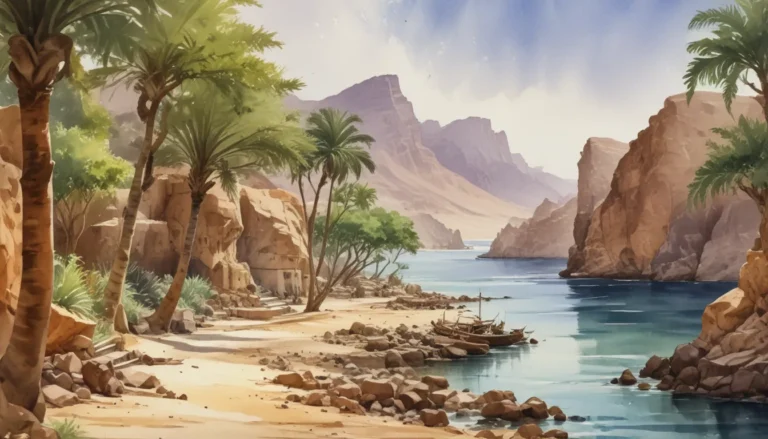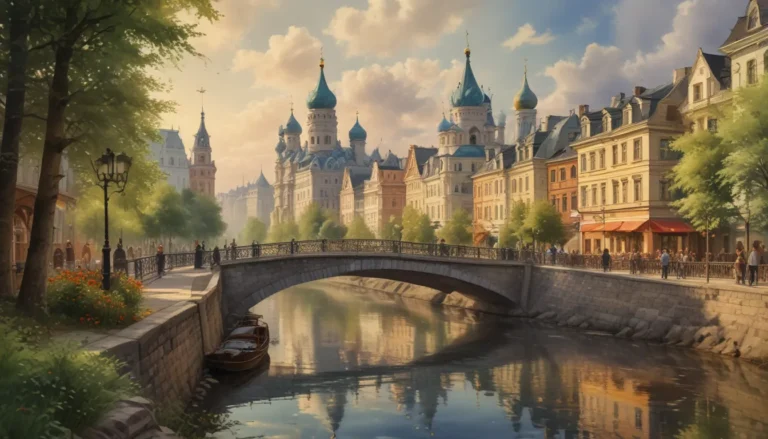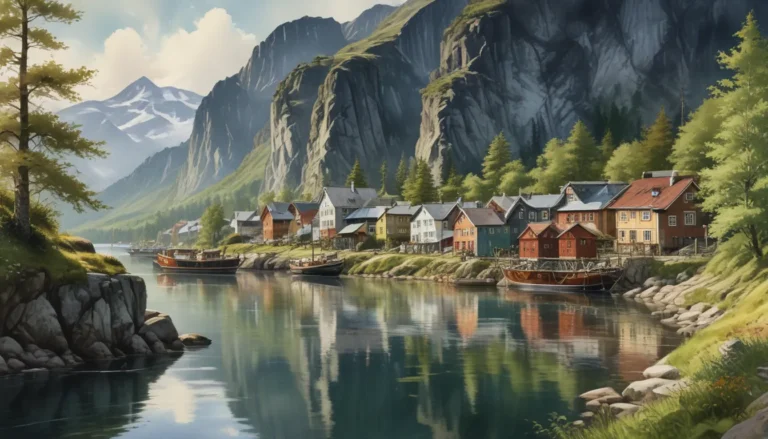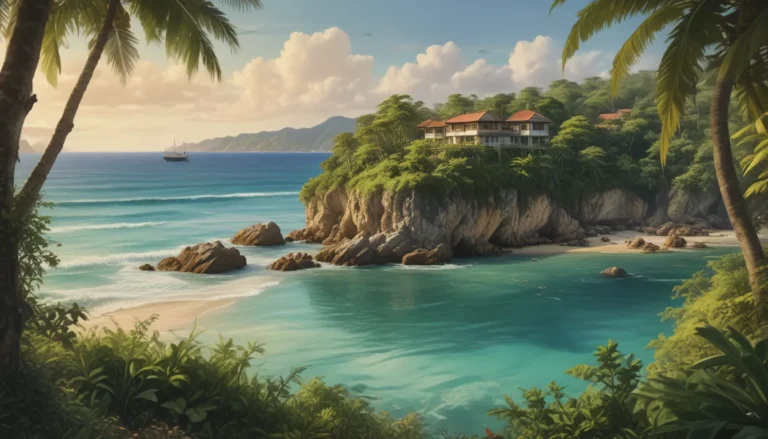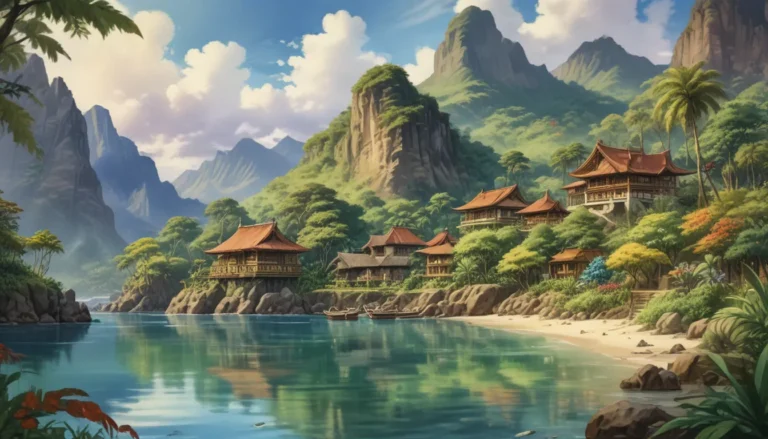The images in our articles are for illustrative purposes only and may not exactly match the content. They are intended to capture your interest and complement the text, not to replace it.
If you’re looking for a fascinating and diverse destination in South America, Bolivia is the place to be. With its rich cultural heritage and breathtaking natural landscapes, Bolivia offers a unique blend of experiences for travelers of all interests. In this article, we will delve into 46 intriguing facts about Bolivia that will give you a deeper appreciation of this remarkable country. From its vibrant festivals and colorful traditions to its historical landmarks and unique geographical features, Bolivia has something for everyone.
Discovering Bolivia: A Land of Contrasts and Wonders
Bolivia is a landlocked country located in South America, bordered by Brazil, Peru, Chile, Argentina, and Paraguay. It is the fifth largest country in South America and is known for its diverse geography, ranging from the snow-capped peaks of the Andes Mountains to the vast stretches of the Amazon rainforest. The official name of Bolivia is the Plurinational State of Bolivia, a title introduced in 2009 to recognize the country’s multi-ethnic and multicultural nature.
The capital city of Bolivia is Sucre, the constitutional capital, while La Paz serves as the administrative capital and the seat of government. Lake Titicaca, located in Bolivia, is the highest navigable lake in the world, offering not only natural beauty but also cultural significance. Bolivia is also home to the largest salt flat in the world, the Salar de Uyuni, spanning over 10,000 square kilometers of mesmerizing salt crust and unique formations. Additionally, Bolivia boasts the highest capital city in the world, La Paz, providing breathtaking views and a vibrant cultural scene.
Embracing Indigenous Roots and Vibrant Cultures
Bolivia is known for its rich indigenous cultures, with a large population proudly embracing their traditions, languages, and customs. The country has a significant indigenous population, making it the nation with the highest percentage of indigenous people in South America. Potosi, a city in Bolivia, was once one of the richest cities in the world during the colonial era, known for its silver mines that fueled the Spanish empire’s economy.
Traditional Bolivian cuisine is a fusion of indigenous ingredients and Spanish influences, resulting in unique and flavorful dishes such as salteñas, anticuchos, and llama meat. Bolivia is also renowned for its vibrant festivals and celebrations, including Carnival, Diablada, and Tinku, which showcase the country’s rich cultural heritage and traditions. The Uru people live on floating islands on Lake Titicaca, where they have resided for centuries on artificial islands made of totora reeds.
Protecting Natural Wonders and Biodiversity
Bolivia boasts a diverse range of ecosystems, from the tropical lowlands of the Amazon to the arid high-altitude deserts, offering a variety of landscapes to explore. The country has a high number of endemic species, unique plant and animal species found nowhere else on earth due to its varied ecosystems. Bolivia’s national parks and protected areas preserve the country’s natural beauty and biodiversity, providing opportunities for hiking, wildlife spotting, and eco-tourism.
The Bolivian Amazon is home to diverse flora and fauna, offering visitors a chance to witness the incredible biodiversity of the region. The Andean condor, one of the largest flying birds in the world, can be found in Bolivia, thanks to the country’s diverse ecosystems that provide a habitat for a wide range of wildlife. The Tiahuanaco ruins, an important archaeological site in Bolivia, are believed to have been the capital of a pre-Columbian civilization, fascinating historians and archaeologists alike.
A Cultural Tapestry Woven With Tradition and History
Bolivia’s cultural tapestry is rich with tradition and history, from the colorful clothing of the Cholitas, indigenous Bolivian women, to the deep reverence for Pachamama, or Mother Earth, in Bolivian culture. The Witches’ Market in La Paz is a unique attraction where visitors can find herbal remedies, charms, and mystical products sold by traditional healers and witches. Bolivia’s traditional textile production showcases intricate patterns and designs passed down through generations, reflecting the country’s artistic heritage.
The Bolivian flag features symbolic colors representing the struggle for independence, wealth, and fertility, with each hue holding special meaning. Bolivia was named after Simón Bolívar, the Venezuelan military and political leader who played a crucial role in South America’s fight for independence. Bolivia has a vibrant music and dance scene, with traditional rhythms like cueca, saya, and caporales often performed during festivals and celebrations, adding to the country’s cultural vibrancy.
Conclusion: Unforgettable Experiences in Bolivia
Bolivia’s captivating landscapes, rich traditions, and diverse cultures make it a truly unique destination in South America. Whether you’re exploring the towering peaks of the Andes, marveling at the vast salt flats of Salar de Uyuni, or immersing yourself in the vibrant festivals of Bolivia, there is no shortage of unforgettable experiences awaiting you. With its blend of indigenous and colonial influences, Bolivia offers a one-of-a-kind journey that will leave you enchanted and inspired to discover more.
As you prepare for your adventure in Bolivia, remember to check the visa requirements, currency, and safety tips to make the most of your trip. Whether you’re indulging in traditional Bolivian cuisine, exploring the country’s natural wonders, or marveling at its cultural treasures, Bolivia promises a memorable and educational journey for travelers of all interests. So pack your bags, set out to explore the wonders of Bolivia, and let this captivating country enchant you with its beauty and charm.
FAQs
- What is the capital city of Bolivia?
-
The capital city of Bolivia is La Paz.
-
What is the official language of Bolivia?
-
The official language of Bolivia is Spanish, with several indigenous languages also spoken throughout the country.
-
Do I need a visa to visit Bolivia?
-
Visa requirements vary by nationality, so it’s important to check with the Bolivian embassy or consulate in your country for the most up-to-date information.
-
What is the currency used in Bolivia?
-
The currency used in Bolivia is the Bolivian Boliviano (BOB).
-
Is Bolivia a safe country to visit?
-
Bolivia is generally safe for visitors, but it’s essential to take common precautions and check travel advisories before your trip.
-
Can I drink tap water in Bolivia?
- Tap water in Bolivia is not safe to drink, so it’s recommended to stick to bottled or filtered water during your stay.
Embark on a Journey of Discovery in Bolivia and Unleash the Magic of South America!
